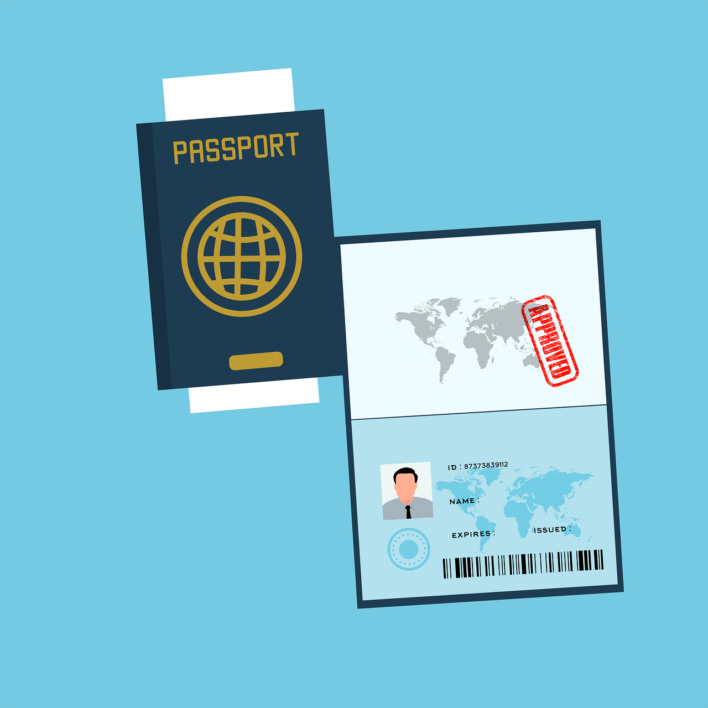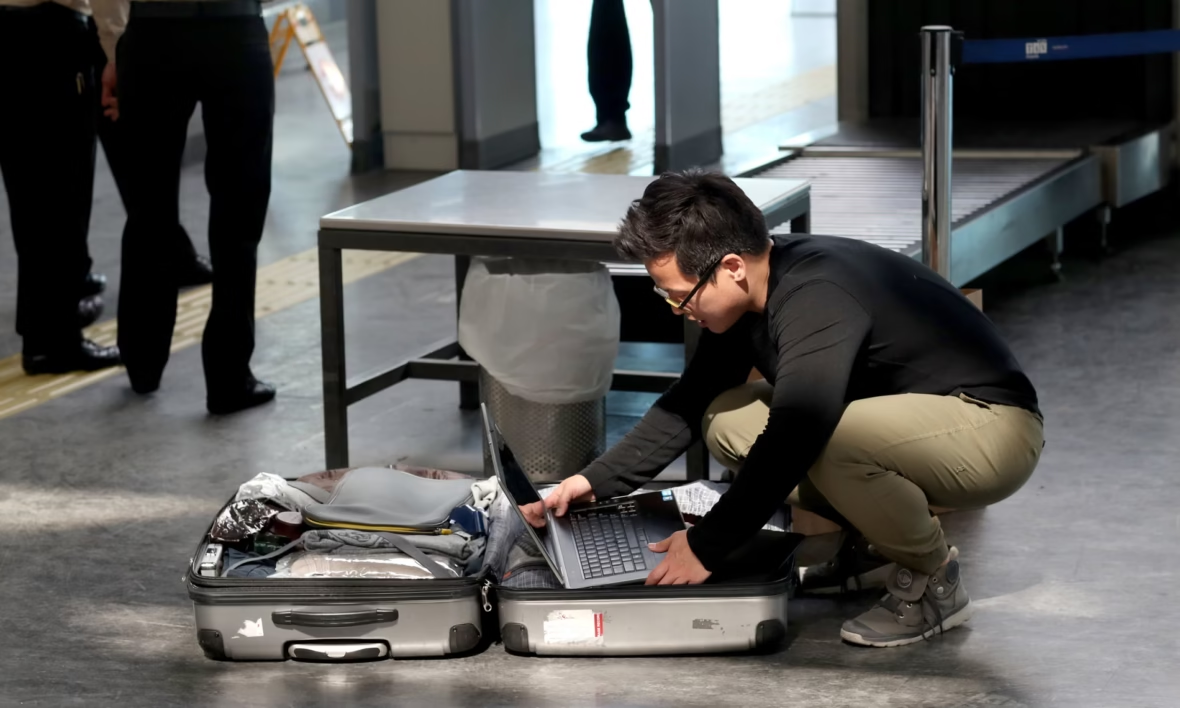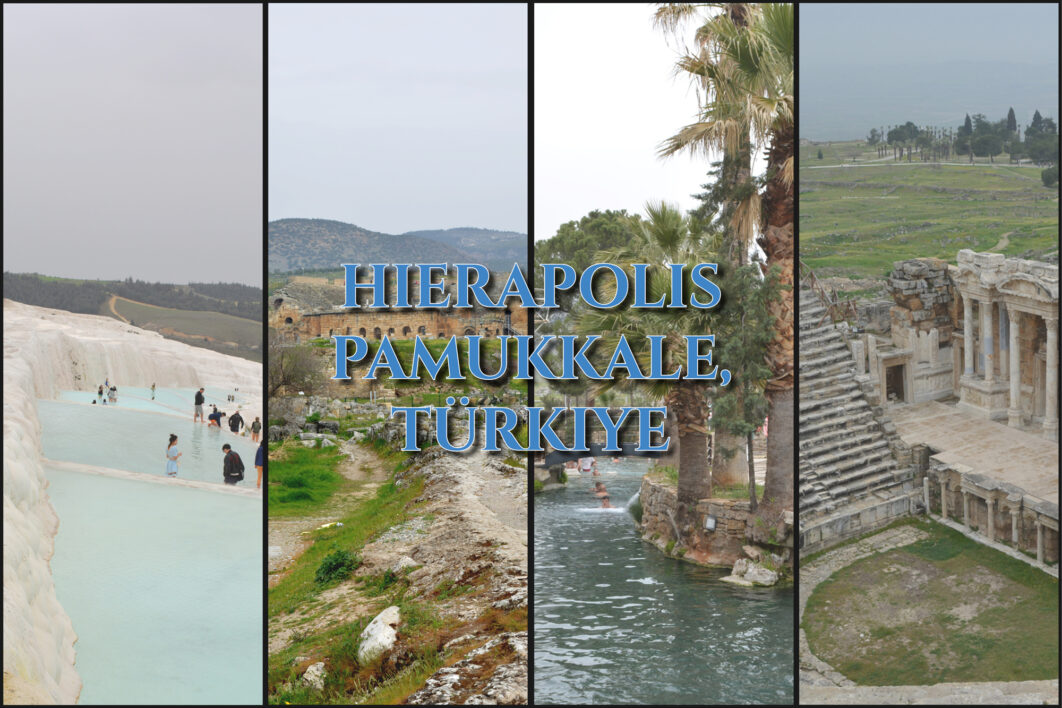Last Updated on: 4th November 2024, 06:07 pm
The European Union has announced on August 1 that the delayed ETIAS program will finally be in place in the first half of 2025, affecting all travellers including tourists and international students from over 60 visa-exempt countries entering 30 European countries. Find out more in this article.
What is the ETIAS?
ETIAS stands for “European Travel Information and Authorisation System”. It is a travel authorisation document and a requirement of entry into the participating European countries. It proves you are allowed to enter, but is not a visa. It is also not permission for you to enter Europe – you can get an ETIAS and still be disallowed from entering Europe.
Confused?
The important thing to understand is that the ETIAS is not a visa nor is it permission to enter Europe. Passport holders from visa-exempt countries still do not require a visa if travelling within the usual visa-free allowances (and if you are traveling for other purposes, you might need a visa anyway), but will need to obtain an ETIAS before they enter the 30 participating European countries or the Schengen area. Some people from visa-required countries will also require an ETIAS on top of their usual visa..
It is also not permission for you to enter Europe. You may have restrictions on you that prevents entry to Europe unrelated to the ETIAS even if you successfully get an ETIAS.
Put simply, the ETIAS is simply a “heads up” or a notification of your intention to go to Europe, given to the European Union. It is not an invitation, it is not permission granted to you to go, and it is not permission for you to stay.
You can simply think of it as a new notification or entry fee in lieu of a full blown beefier priced entry permission document, the visa, or basically a way to charge more to visitors.
Who needs to pay the ETIAS fee?
Travellers from the current over 60 visa-free countries are required to obtain and ETIAS before they enter Europe. Visitors from countries that require do a visa to enter Europe are also required to obtain one, unless you meet their exemption criteria (below).
How much is the ETIAS fee?
The fee will be 7€ per person once introduced
How long is the ETIAS valid for?
Once introduced, the ETIAS will be valid for 3 years or until your passport expires, whichever comes first. You can use a single ETIAS for multiple entries.
Travellers exempted from paying for the ETIAS fee
There are several exemptions for the new ETIAS requirement, but only a few are relevant for travellers, and they are as follows:
1. Dual Citizens
Obviously, if you are a national from a country that requires an ETIAS, you don’t need one to enter.
2. Residence permit holders and long-stay visas
You also don’t need an ETIAS if you have a residence permit or a residence card issued by any European country that requires an ETIAS, or a long-stay visa.
3. Citizens of certain countries
Passport holders from these countries who want to go to these European countries do not need an ETIAS. However, your usual visa requirements still apply!
4. United Kingdom nationals covered by the EU-UK Withdrawal Agreement
Nationals of the UK who are covered by the EU-UK Withdrawal Agreement and their family members are exempt from obtaining an ETIAS. This means people who are nationals of the UK who were living in the EU before January 2021.
5. Nationals of Andorra, the Holy See (the Vatican City State), Ireland, Monaco, or San Marino
Other non-tourist and travel related exemptions include refugees, stateless persons, diplomatic passport holders, researchers, armed forces travelling for NATO or Partnership for Peace businesses.
Not exempt: Air and Sea crew might not be exempt, even if you are part of emergency and rescue mission for disaster relief.
For details on the ETIAS, all exemptions and requirement policies, see the official page here. Also see this page for some information specific to international students that are also relevant to tourists.
VERY VERY IMPORTANT:
The good news is, the EITAS is still not yet implemented and ETIAS applications are not taken yet, so passport holders from visa-free countries can still visit Europe without paying for an ETIAS.
There may be many fake sites that claim to sell you ETIAS approvals or obtain one on your behalf. There is only one official ETIAS webpage and it is https://travel-europe.europa.eu/etias_en. The ETIAS is not in place yet, so you do not need one right now. Always get your travel information from a reliable source, such as from the official source, a government source, or a reliable travel information provider like me.











